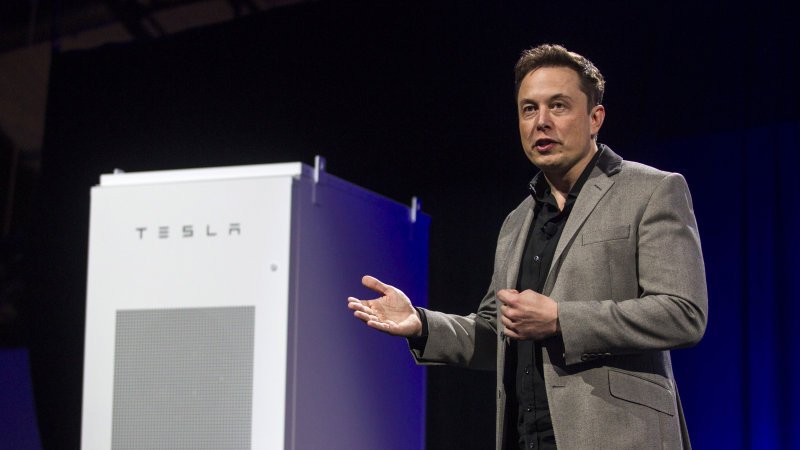Tesla is installing the world's largest lithium-ion power storage system

This system will be a Tesla Powerpack rated at 20mW/80mWh, and it will be installed at the Southern California Edison Mira Loma sub-station in Southern California. For those unfamiliar, a Tesla Powerpack is a massive collection of batteries, which Tesla can build to any size specified by the customer. Think of it as a bunch of Model S battery packs linked together and wired into the electrical grid, or a really big version of the Tesla Powerwall, and you're on the right track.
The reason for this is that part of the Los Angeles area recently lost a significant amount of energy after Southern California Gas Company shut down its Aliso Canyon facility. The facility was closed after being deemed unsafe for storage and use following an unprecedented methane leak last year. Closing down the facility means the demand for electricity will go up, particularly, as Tesla indicates, during winter. The Tesla Powerpack will help to handle the extra load and avoid possible blackouts.
The way the Powerpack will do this is by storing power during off-peak hours. Then, during peak hours, the extra electricity stored in the batteries can be fed into the grid, taking strain off of the generators. This particular Powerpack, Tesla says, will be capable of powering 2,500 homes for one day with a full charge. Tesla also describes this as a step toward creating a "two-way, flexible grid," which the company says is necessary for "a sustainable energy future."
Cars can also play a role in the future of electrical grids in two different ways as well. For one, electric cars could work as miniature versions of these massive battery systems. In fact, both Nissan and Honda have looked into this possibility. On the flip side, electric cars could also necessitate more battery stations. As more and more electric vehicles are sold, the demand for electricity expands greatly, as well as stress on the grid. While no issues have come up yet, people have been concerned about over the years.
Nouvelles connexes


